Get PeakVisor App
Sign In
Search by GPS coordinates
- Latitude
- ° ' ''
- Longitude
- ° ' ''
- Units of Length

Yes
Cancel
Share ×

Scan the QR code and open PeakVisor on your phone
❤ Wishlist ×
Choose
Delete
Famed for its gorgeous landscapes, diverse wildlife, and massive game reserves, Kenya is a country located in East Africa that you certainly won’t want to miss during your travels. The country contains 3,856 named mountains, the highest and most prominent of which is Mount Kenya (5,199 m/3,827 ft).
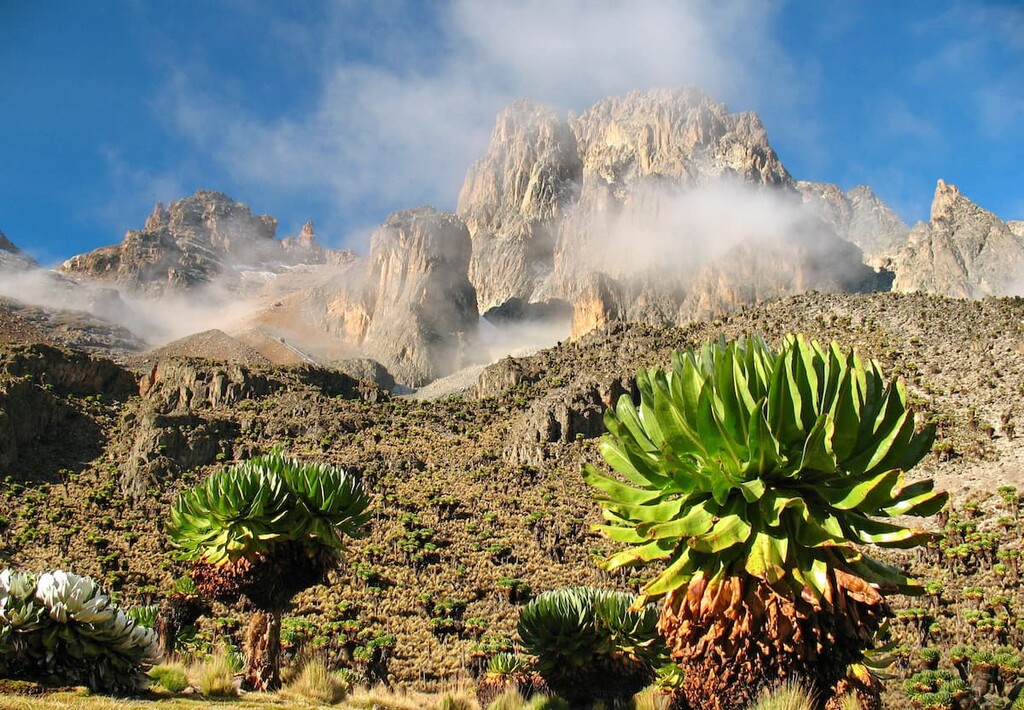
The country of Kenya (officially the Republic of Kenya/Jamhuri ya Kenya) is located in the eastern part of Africa to the south of the Horn of Africa. It is a topographically diverse country that contains everything from vast savanna grasslands to mangrove swamps, and towering alpine peaks.
With a total area of some 580,367 square kilometers (224,081 square miles), Kenya is the world’s 48th largest country after the Central African Republic, Ukraine, Madagascar, and Botswana. This makes it slightly larger than Yemen, Thailand, Spain, and Turkmenistan.
At the same time, the country ranks 29th in terms of total population as of 2021 with about 48 million residents. This places it closely behind Myanmar, South Korea, and Colombia in terms of total population, but also makes it slightly larger than Algeria, Argentina, and Spain.
Due to its strategic location in East Africa, Kenya shares its borders with a number of other countries. This includes Ethiopia, Somalia, and South Sudan to the north, Uganda to the west, and Tanzania to the south. It is also located fairly close to Rwanda and Burundi, both of which are situated to the west of Lake Victoria—Africa’s largest lake. The country also has approximately 536 km (333 mi) of coastline on the Indian Ocean.
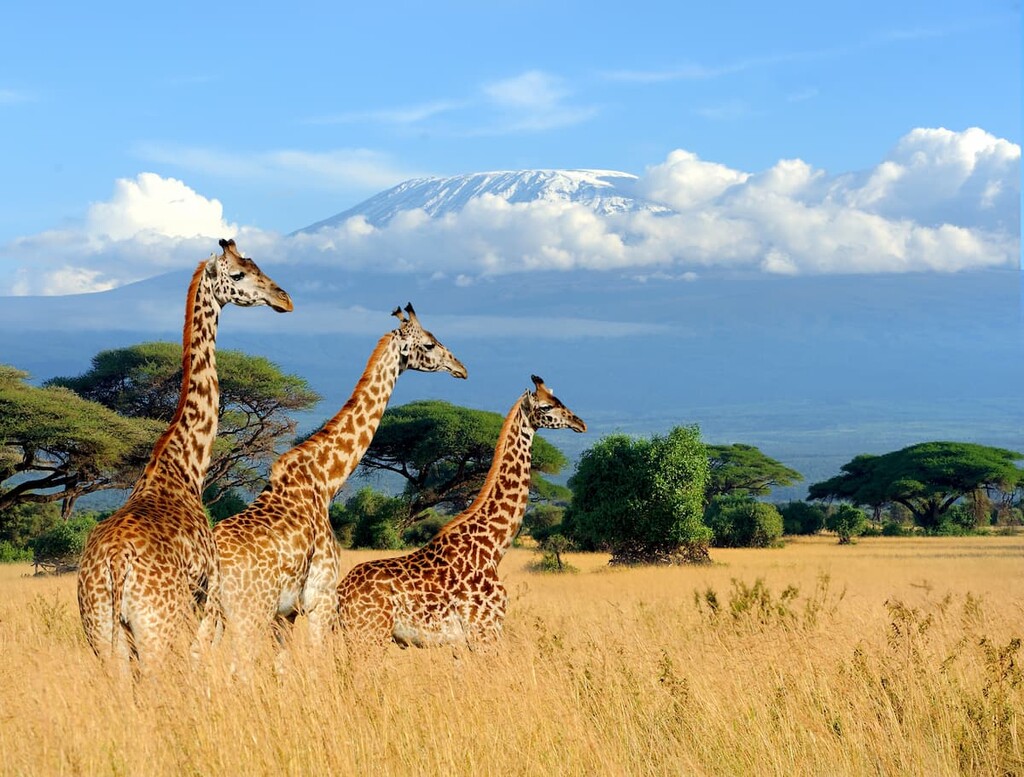
Before the country adopted a new constitution in 2010, Kenya was officially divided up into 8 provinces. While these provinces have since been replaced by a system of 47 counties, the division of the provinces fairly accurately represents some of the major geographic regions of the country. Therefore, we will discuss the geography of the country by former province, making note of the different counties that one can find within each former province’s borders.
Aptly named, the former North Eastern Province of Kenya encompassed the bulk of the northeastern part of the country. It is located in what is now Garissa, Wajir, and Mandera counties, having been carved out from territory that was once part of Somalia during the period of British colonial rule.
Most of the northeastern part of Kenya is home to ethnic Somalis, though there are some 3.4 million people living in the region today. Here, the economy is highly agricultural as the region is one of the most remote in Kenya.
That being said, while the former North Eastern Province is one of the least visited areas in the country among tourists, it is well worth a visit if you’re looking to get off the beaten path. Indeed, the region contains three national parks and reserves, including Malka Mari National Park, Arawale National Reserve, and Boni National Reserve, all of which boast superb wildlife spotting opportunities.
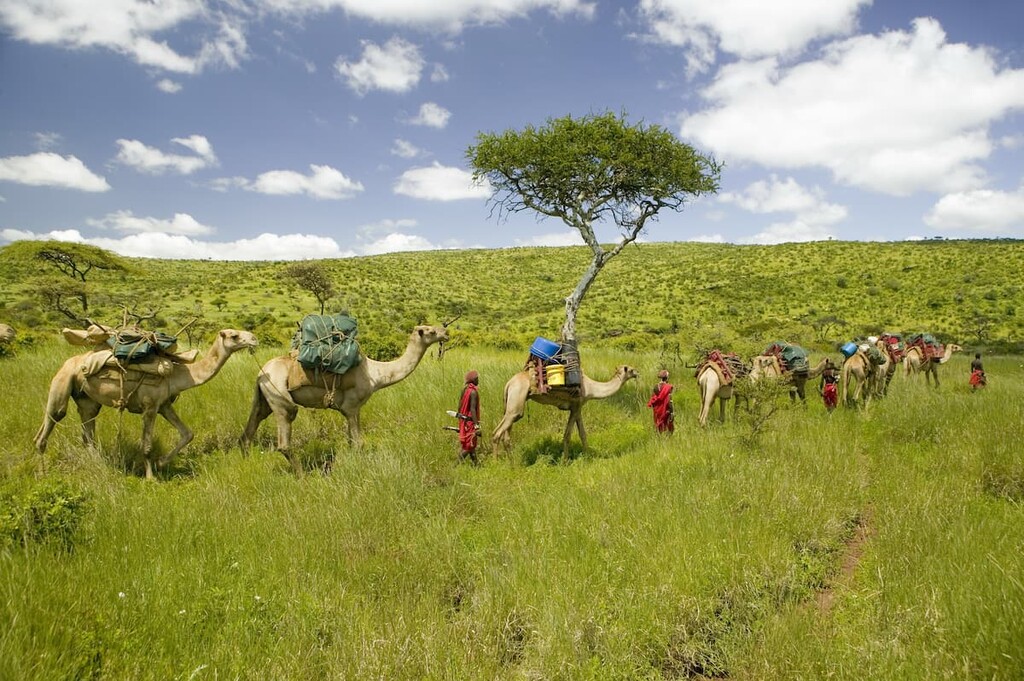
Comprising the bulk of the southeastern part of the country, Kenya’s former Coast Province includes all of the country’s ocean coastline and sandy beaches. The Coast Province has since been replaced by 8 counties, including:
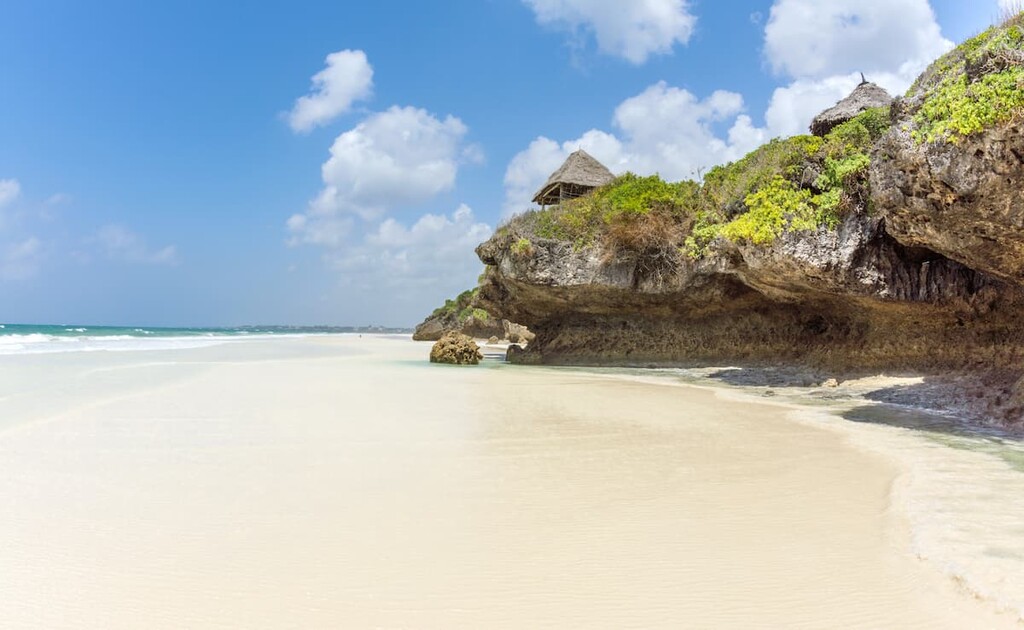
These days, the Coast Province is home to about 3.5 million people, many of whom live in the city of Mombasa. Due to the fact that the Coast Province contains all of the country’s coastline, its major seaports, as well as some of its oldest cities, it has long been an important tourist destination.
In fact, the former Coast Province boasts many cultural sites, particularly those at Mombasa. It also contains a great array of terrestrial and marine national parks and reserves, such as:

Despite its name, Kenya’s former Eastern Province was not, in fact, located in the eastern part of the country, but in the country’s central region. Indeed, it contained nearly one-third of the country's total land area, including what is now the following 8 counties:
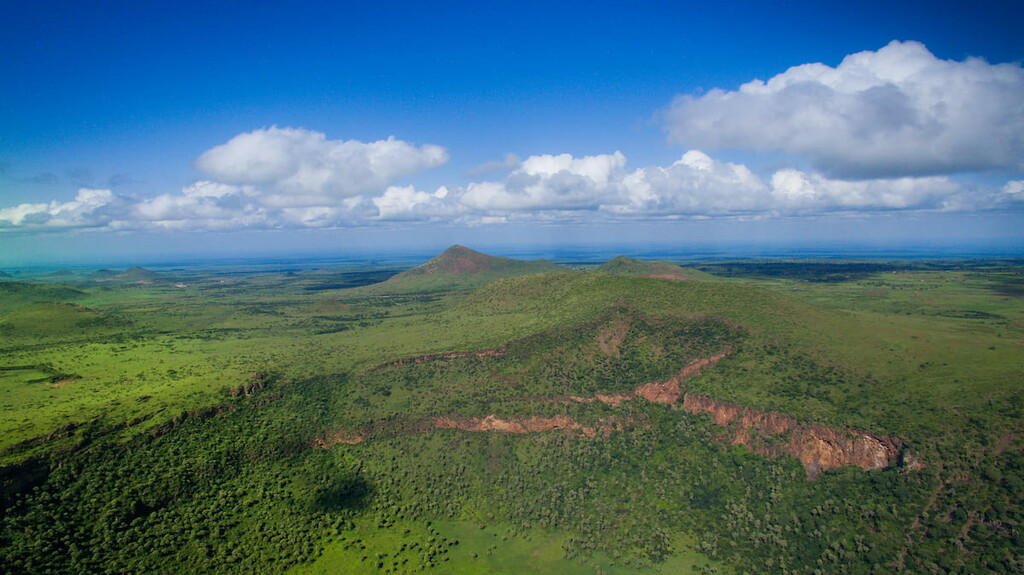
Much of the Eastern Province is home to arid to semi-arid landscapes, including the Chalbi Desert. However, it also contains part of Lake Turkana, as well as part of Mount Kenya, the latter of which is the tallest peak in Kenya and the second tallest peak in Africa after Kilimanjaro.
The former Eastern Province has a population of nearly 6 million people, which makes it one of the most populous regions of the country, despite its relative lack of a major population center. Regardless, the former province also contains a slew of federally protected areas, including:
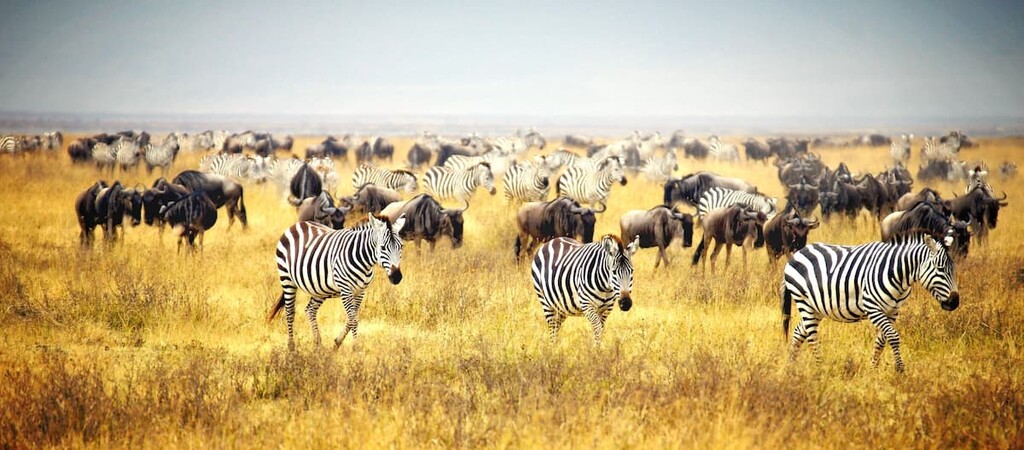
Located in the heart of Kenya, the country’s former Central Province encompassed a small area in the Rift Valley. It included the areas that are now part of Nyandarua, Nyeri, Kirinyaga, Murang'a, and Kiambu counties.
Kenya’s Central Province was situated just to the north of Nairobi. The region that is part of the former province is particularly important within the country’s dairy industry. It is also one of the country’s primary coffee-producing regions.
Due to the former province’s small size, it contains just one national park: Aberdare National Park. However, the park is known for its fantastic wildlife spotting opportunities and for its excellent lodges.
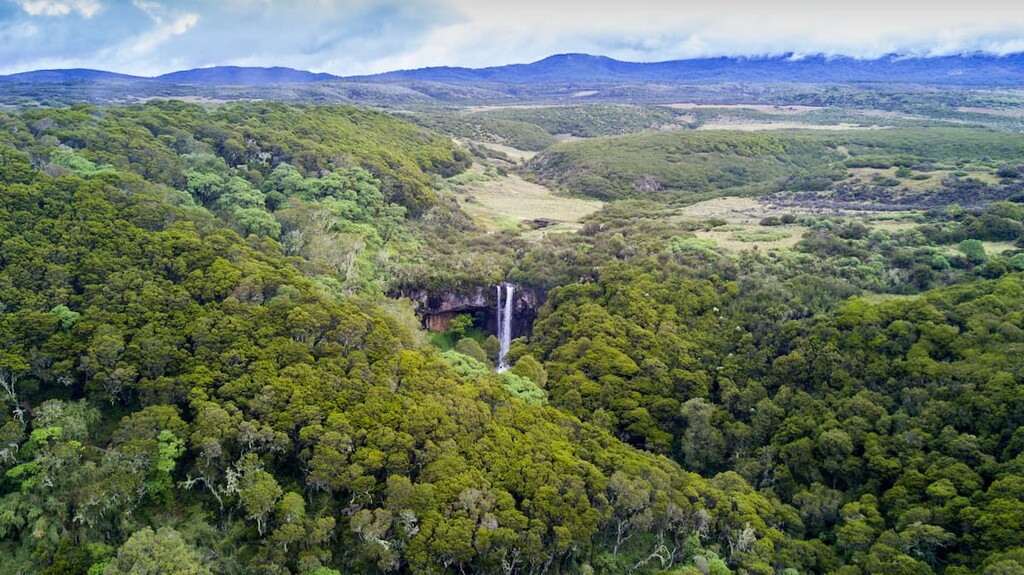
Kenya’s third-smallest former province, yet its most populous area, the former province of Nairobi contains the country’s capital city. It has since been replaced by Nairobi county, which shares the same borders as the former province.
Nairobi county has a population of some 4.4 million people, which gives it a population density of approximately 6,300 people per square kilometer (16,000 per square mile). This puts it on par in terms of population density with China’s Hong Kong and the territory of Gibraltar in the United Kingdom.
Despite being highly urbanized, however, Nairobi does have a national park within its borders: Nairobi National Park. So, there’s plenty to see and do within the former province/county, even if you’re looking to escape city life.
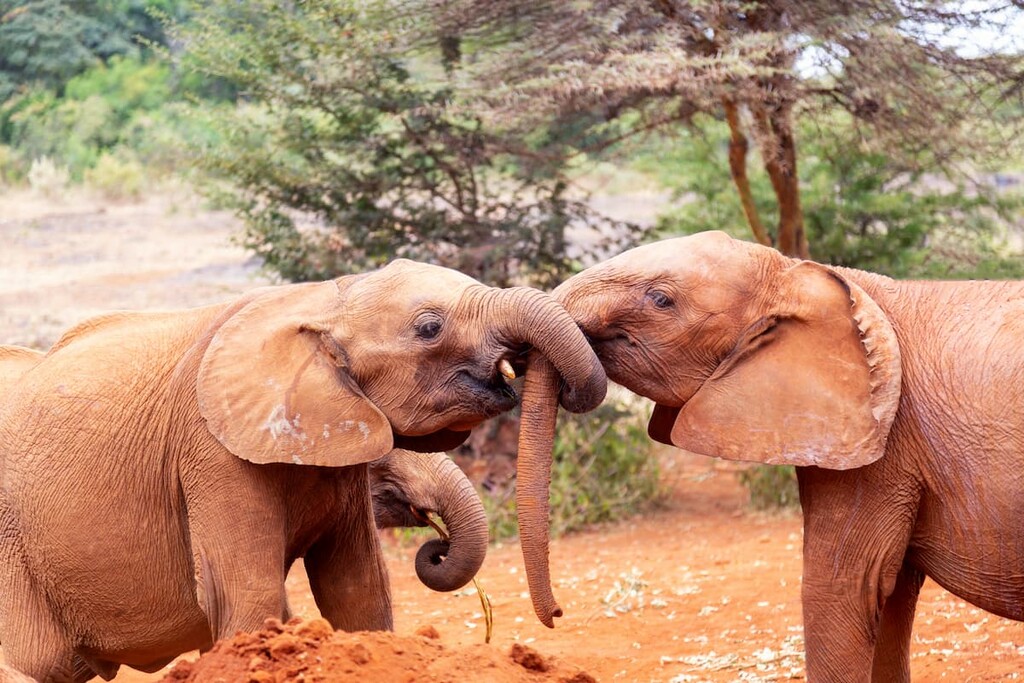
One of Kenya’s largest former provinces, the Rift Valley contained the bulk of the western part of the country. It had a population of about 10 million people, and it has since been split up into 14 counties, including:

The Rift Valley region remains highly agricultural, particularly in the highlands where there is enough rain to support crops and livestock. That being said, the region is becoming more urbanized each year as smaller villages develop into established cities.
Nevertheless, the Rift Valley is the place to be if you want to check out Kenya’s national parks. The region contains the bulk of the country’s protected areas, including:
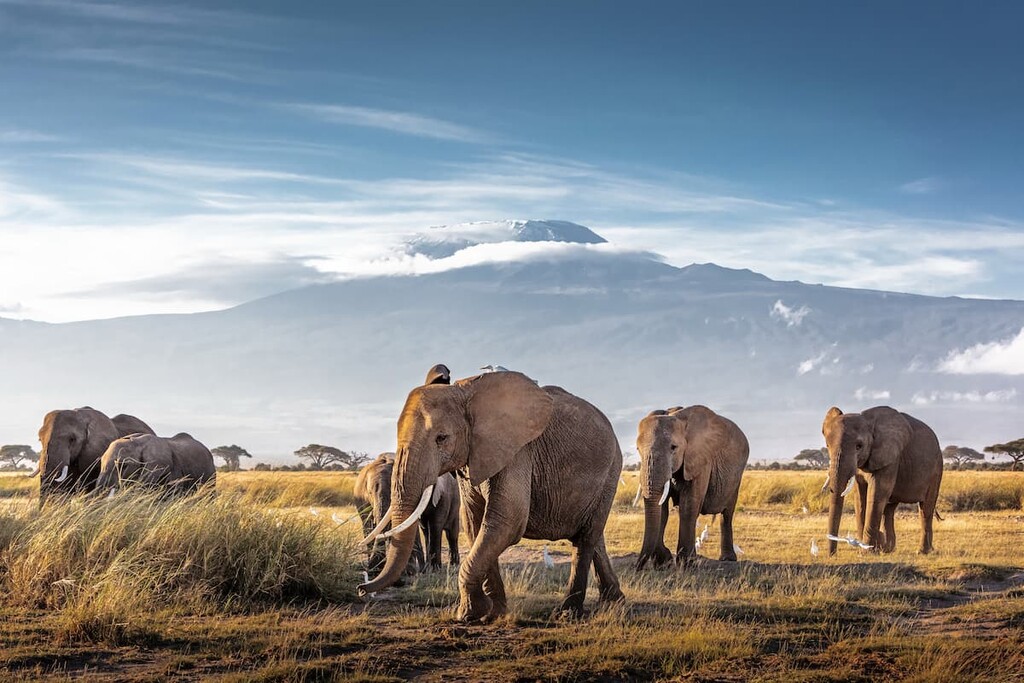
Kenya’s small former Western Province was located along the country’s border with Uganda to the north of Lake Victoria. It had a population of about 4.5 million people, but it has since been split up into the four counties of Kakamega, Vihiga, Bungoma, and Busia.
Due to the former province’s location along the Equator, it is home to a mostly tropical environment. This has allowed for the development of a strong agricultural economy, particularly with respect to the cultivation of sugarcane, maize, sorghum, and pearl millet.
The last of Kenya’s former provinces, the Nyanza region was located in the southwestern corner of the country along the shores of lake Victoria. It was home to approximately 5.5 million people and it has since been divided up into six counties, including:
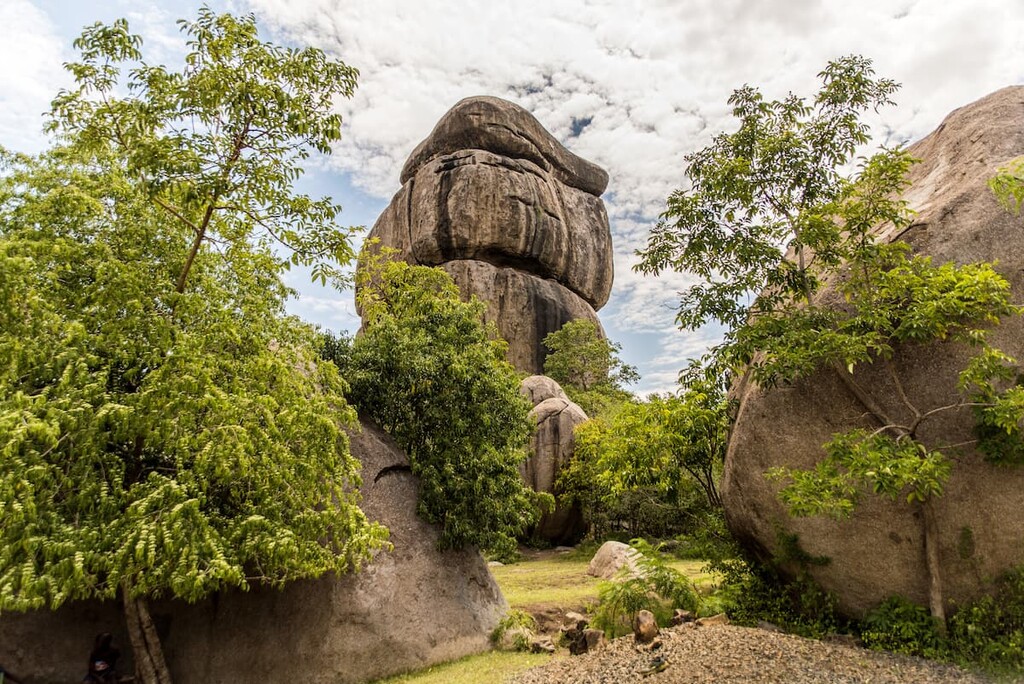
As a result of the province’s location along the shores of Lake Victoria, Nyanza had a unique trade-based economy. Indeed, Kisumu City, which was the regional capital, is a major inland port, which helped support the region’s agricultural trade.
These days, the region contains two national parks and protected areas—Ruma National Park and Kisumu Impala Sanctuary—so it’s also a nice place to visit if you’re looking to see some wildlife.
The geology of modern-day Keyna is both rich and complex. Indeed, the country is home to a number of major geologic features, the most prominent of which are the Udzungwa Mountains (of the Eastern Arc Mountains system) and the Great Rift Valley.
The Udzungwa Mountains, which are part of the much larger Eastern Arc Mountains system, are a chain of peaks that stretches across Kenya and then extends into Tanzania as the Pare Mountains, the Usambara Mountains, and the Uluguru Mountains.
As a whole, the Eastern Arc Mountains are among the oldest peaks in East Africa. The Udzungwa Mountains are predominantly Precambrian crystalline rocks that are believed to have uplifted as recently as about 30 million years ago.
Within Kenya, the major peaks of the Udzungwa Mountains include Mount Kenya (Baitan), Mount Kenya (Nelion), Mount Kenya (Point Lenana), Mount Elgon, Mount Satima, Mount Mtelo, and Mount Kadam.
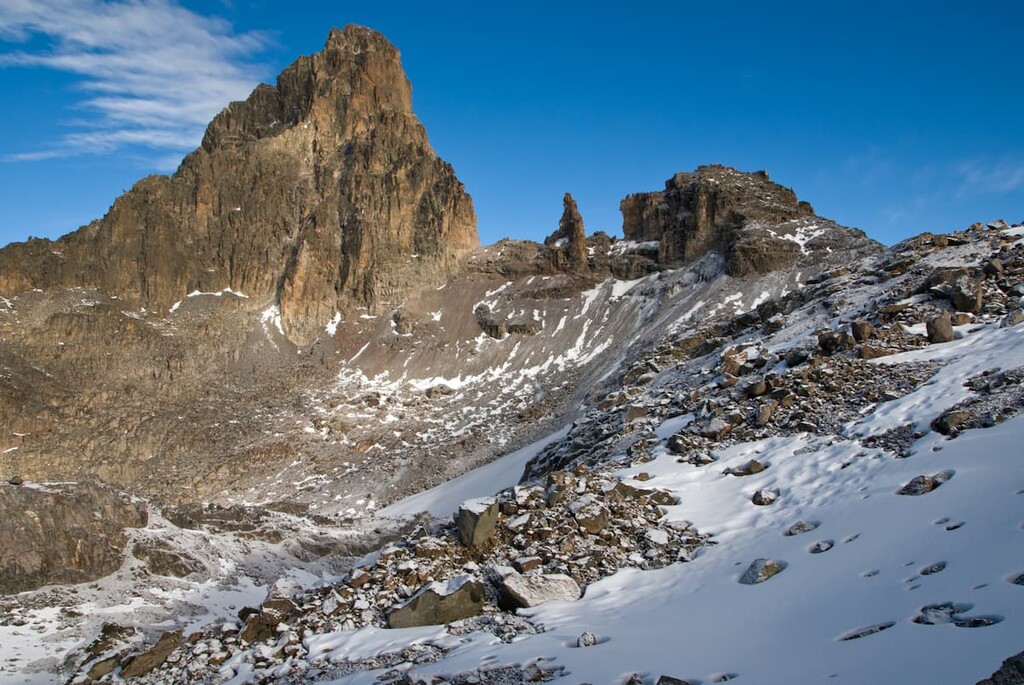
One of Kenya’s most distinctive geologic features, the Great Rift Valley is a major system of trenches associated with the divergent plate boundary of the East African Rift.
The rift technically starts to the north in Lebanon and travels through Israel, Egypt, and the Red Sea before crossing over to the African continent near Djibouti, Eritrea, and Ethiopia. Then, it continues south through East Africa and into Kenya and Tanzania. It technically also travels through parts of Uganda, South Sudan, and Zambia, before terminating near Mozambique.
As a divergent plate boundary, the East African Rift is slowly splitting the continent of Africa apart into two pieces called the Somali and Nubian plates.
The plates are moving at an estimated rate of about 6 to 7 mm per year, so don’t expect the continent to split in half anytime soon. But, geologists expect that the continent will split within about 10 million years. A similar event is occurring in Iceland along the Silfra Rift between the North American and Eurasian plates, which visitors can see firsthand in Þingvellir National Park.
Within Kenya, the Great Rift Valley encompasses much of the west-central part of the country from Lake Turkana to the north to the country’s border with Tanzania to the south.
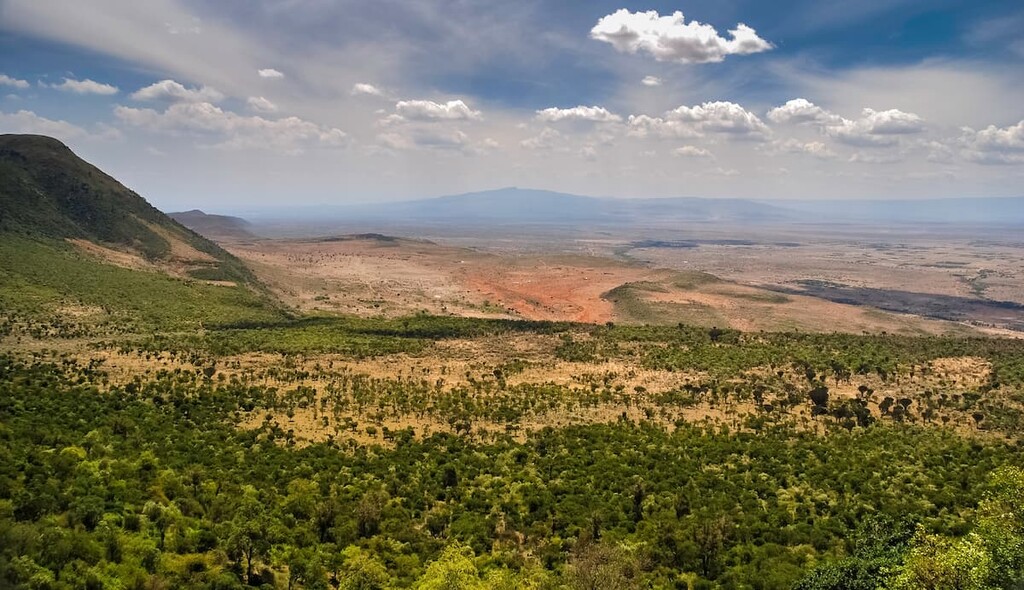
Kenya’s Great Rift Valley has long been an important place to humans, and archaeological evidence suggests that archaic humans had lived in the region for more than a million years. The rift contains a number of sizable lakes, all of which allow for both the proliferation of wildlife and the expansion of agriculture in the region.
Kenya has long been considered a haven for biodiversity. The country’s diversity of landscapes and ecosystems has helped it become a refuge for a wide number of animals.
These days, Kenya contains approximately one dozen different major ecoregions, which includes everything from mangrove swamps to grasslands, moorlands, bushlands, and montane forests.
In particular, Kenya is known as a superb place for spotting wildlife, which has helped it develop into a fantastic place to go on safari. The country is especially famous for its mammal species, though it also has no shortage of birds.
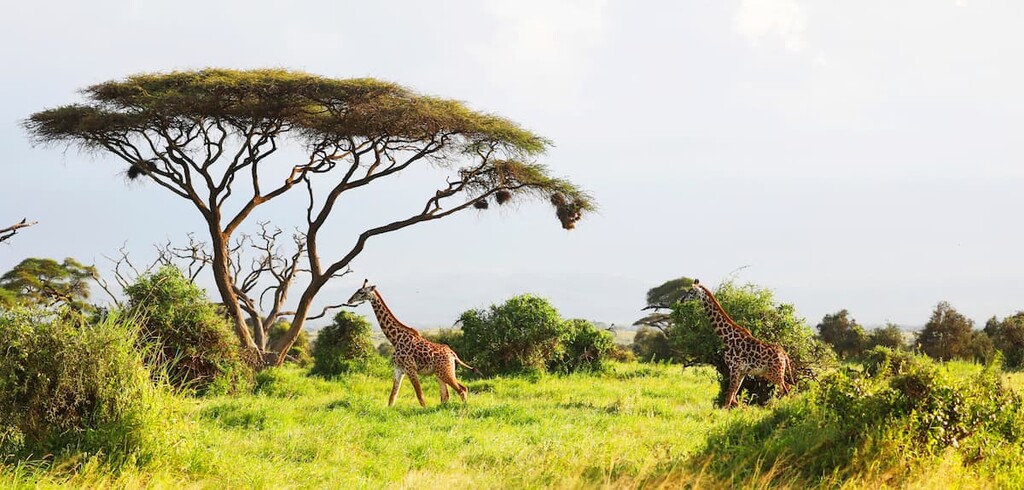
Major mammals found within Kenya include a diversity of herbivores, such as the Cape buffalo, the wildebeest, and the eland. There are also populations of giraffes, elephants, and hippopotami in Kenya, many of which are located in Aberdare, Maasai Mara, Meru, Tsavo East, Samburu, and Amboseli national parks and reserves.
The country also contains a sizable population of black rhinos and some smaller groups of southern white rhinos, though the black rhino is listed as critically endangered.
Furthermore, Kenya was also home to the world’s last-known male northern white rhino, Sudan, who initially lived in a zoo in the Czech Republic but later lived and then died in the country at the Ol Pejeta Conservancy at the age of 45. There are now scientific efforts in place to try to save the species from extinction.
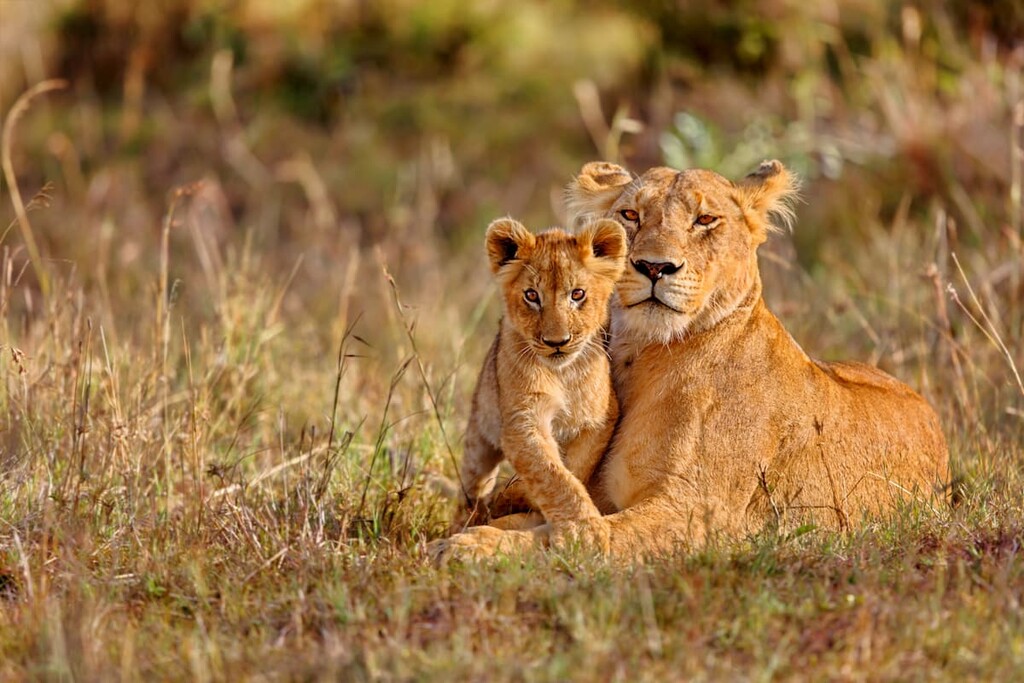
Other notable mammal species in Kenya include the lion, leopard, cheetah, spotted hyena, African wild dog, genet, serval, and black-backed jackal.
Kenya is home to at least 1,100 species of birds, including 10 species that are found nowhere else on Earth.
Perhaps the most iconic bird in the country is the ostrich, of which there are two species in Kenya: the common ostrich and the Somali ostrich. The country is also home to large populations of greater and lesser flamingos, which like to hang out around lakes and other bodies of water in the Rift Valley.
Other notable birds in Kenya include the country’s diversity of stork species, such as the African openbill, the Marabou stork, the white stork, and the Abdim’s stork. Great white pelicans and pink-backed pelicans have also been known to loiter around the country’s lakes and shoreline.
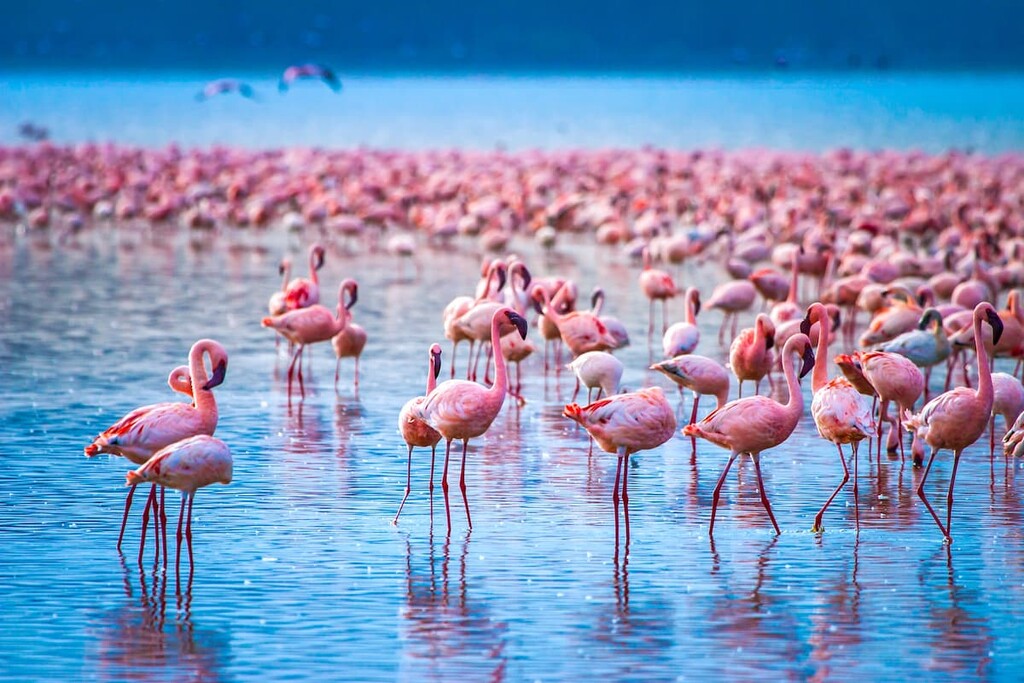
The land that is now part of the country of Kenya has been inhabited by anatomically modern humans and archaic humans for well over two million years. Indeed, archaeological findings near Lake Turkana suggest that archaic humans, such as Homo habilis and Homo erectus, lived in the region as early as 2.5 million years ago.
Meanwhile, it’s believed that the first Homo sapiens (anatomically modern humans) arrived in Kenya’s Rift Valley about 320,000 years ago. This makes modern-day Kenya one of the earliest regions where anatomically modern humans lived, though the oldest human fossils on record are from further north in what is now Morocco.
By about 2000 BCE, peoples from all over East Africa, including what is now Sudan and Ethiopia, migrated into Kenya. This included the Cushitic-speaking peoples that came from northern Africa.
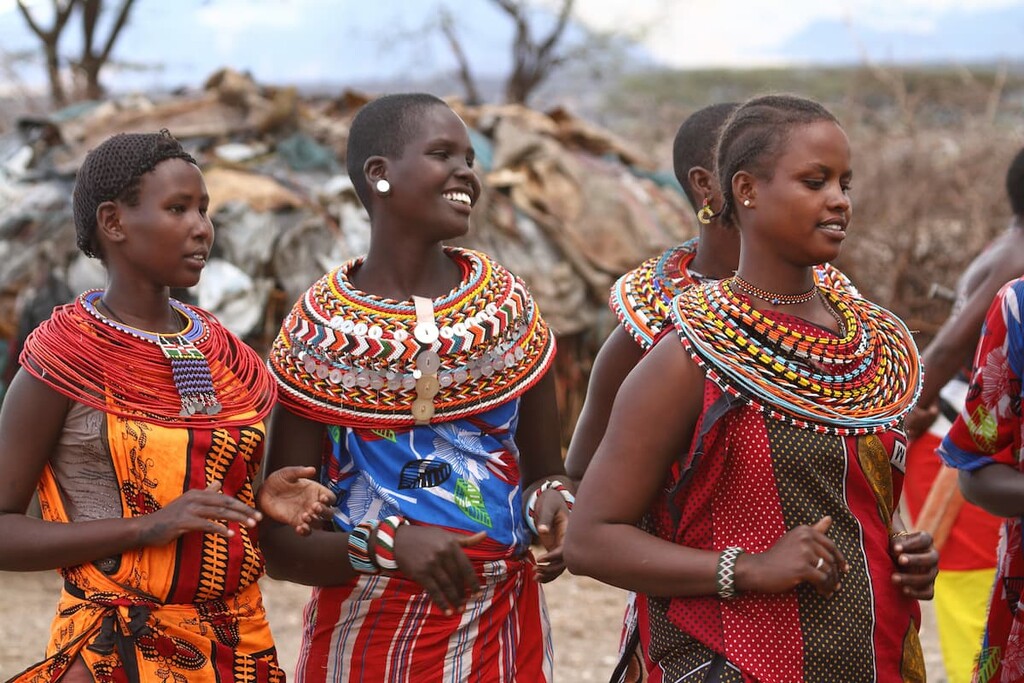
However, by about the first century CE, people from the Arabian Peninsula also began to occupy the area that is now Kenya, particularly in the coastal areas along the Indian Ocean. These coastal regions were important in establishing trade routes with what is now India and Iran, allowing for the development of urban centers like Mombasa and the formation of the Swahili language until about the fifteenth century CE.
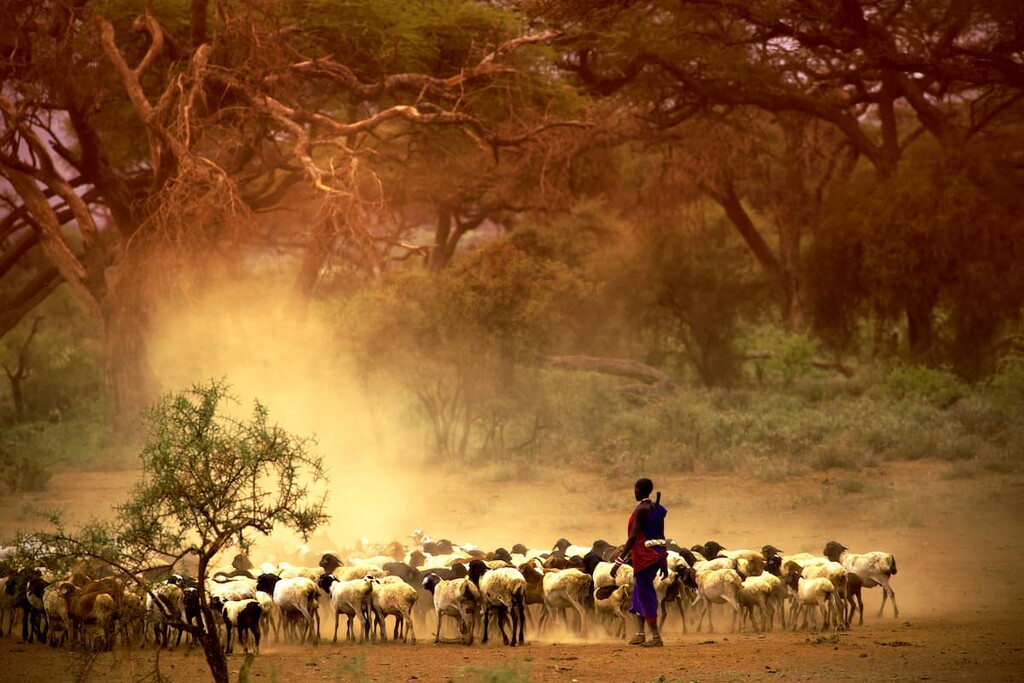
The first peoples of European descent to have visited what is now Keyan were likely members of Vasco da Gama’s 1498 expedition. Da Gama, who hailed from Portugal, brought with him ships and plenty of firearms as he made landfall at Mombasa.
While the Portuguese were the first people of European descent to travel widely around what is now Kenya, they focused their colonial efforts mostly around the coastal areas of Mombasa. Eventually, however, the Portugese were pushed out of the region by the Omanis under Said bin Sultan Al-Busaidi.
During the nineteenth century, Kenya also saw an increase in missionary activity, particularly from the United Kingdom. At this same time, the slave trade also intensified due to increasing demand for slave labor from European countries and the United States.
In the late 1880s, as a result of the Berlin Conference in Germany, the major European powers at the time divided up the bulk of the African continent amongst themselves. This led to a period of occupation of the African continent by major European powers and it saw Belgium, Germany, Spain, France, Italy, Portugal, and Britain claim wide swaths of the continent.
Afterward, the British established control over what is now Kenya, setting up a territory known as the East Africa Protectorate. During this time, the British decided to construct the Uganda Railway to link Mombasa with the interior of Kenya and Uganda. The British imported tens of thousands of workers from what is now India to construct the railroad.

British colonial rule of the region was harsh and it led to the forced removal of many peoples from their ancestral homelands, such as the Maasai, who were forced to live on just a small fraction of their traditional territory.
By the early twentieth century, there was an anti-colonialist movement afoot in Kenya. In 1920, the East Africa Protectorate was renamed the Colony and Protectorate of Kenya. Many Kenyans objected to the move and the establishment of vast European landholdings in parts of the region.
After much unrest throughout the early to mid twentieth century, Ghana in West Africa became the first country in Africa to gain independence from its European colonizers (in this case, the British) in 1957. This paved the way for further independence movements throughout Africa, including in Kenya.
Kenya finally gained its independence from the United Kingdom in 1963, officially forming the Republic of Kenya (Jamhuri ya Kenya). After gaining its independence, the country was led by Jomo Kenyatta, who was Kenya’s first prime minister and, later, its first president.
After Kenyatta’s death, Kenya entered a period known as the Moi Era where Daniel arap Moi became the president of the country. Moi was the longest-serving President of Kenya, having even survived a failed military coup in the 1980s.

In the 1990s, Kenya transitioned away from its de facto single-party political system to a multi-party system, paving the way for more democratically held elections.
During the early twenty-first century, Kenya reformed and overhauled its government, establishing a new constitution with a presidential representative democratic republic at the helm.
Although the country has faced some challenges in recent years, most notably in the form of a major drought in the early 2010s, Kenya is a place of hope for the future. The country’s tourism industry grows steadily each year, thanks in no small part to its fantastic safari and outdoor recreation opportunities.
Boasting sprawling game reserves and stunning national parks, Kenya has no shortage of amazing outdoor recreation areas to enjoy. Here are some of the best places to visit during your next trip to beautiful Kenya:
Arguably one of the most famous game reserves in the world, Maasai Mara National Reserve is a federally protected area located in the southwestern part of Kenya. The park contains 19 named mountains, the highest and most prominent of which is Loisekin.
Maasai Mara National Reserve is technically located in the northernmost part of the Serengeti ecosystem and, as such, it contains sprawling savanna grasslands. That being said, the park is particularly well known for its wildlife populations as it contains sizable numbers of some of the most famous African mammals.
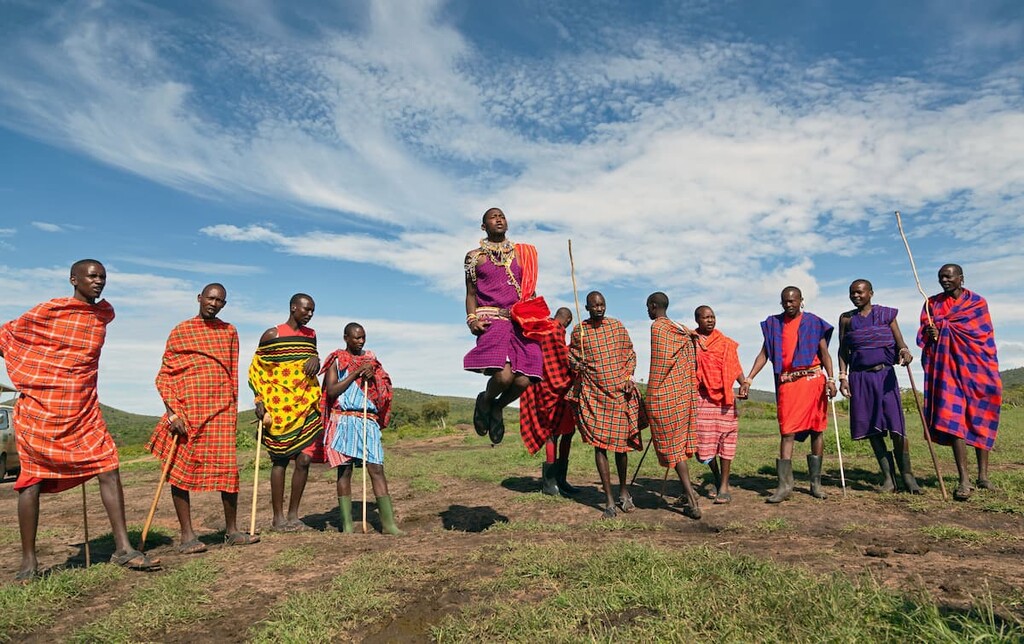
Indeed, Maasai Mara National Reserve is home to all of the “Big Five” animal species, including leopards, elephants, lions, rhinoceroses, and Cape buffalo. The reserve is also home to sizable populations of wildebeest, zebras, Thomson’s gazelles, topi, crocodiles, hippopotami, cheetahs, hyenas, servals, and jackals.
Most international visitors to the park venture to Maasai Mara on an organized tour, and there are a number of tented campsites and lodges within the reserve that cater to tourists. Game drives are easily the most popular activity in the reserve, so it’s a great place to visit if you’re looking to check out some fantastic African wildlife.
Home to Kenya’s tallest peak, Mount Kenya National Park is a gorgeous protected area located in the central part of the country. It contains 42 total named mountains, the highest and most prominent is, of course, Mount Kenya itself.
First established in 1949 in order to protect the mountain and its surrounding habitat, Mount Kenya National Park is now a UNESCO Biosphere Reserve and World Heritage Site. Within the current boundaries of the park, visitors can experience everything from dense forests and mineral springs to stunning lakes and alpine plateaus.
Within the park, hiking and camping are arguably some of the most popular pastimes. Many park visitors also set out to climb Mount Kenya itself, which can be done in anywhere from 7 to 10 days.

However, we should note that there are actually three peaks on Mount Kenya (Batian is the highest while Nelion and Point Lenana are close seconds). Furthermore, it is worth mentioning that most people hire a guide service to ascend the mountain because the route to the summit of Batian requires a decent amount of technical rock climbing.
Even if climbing Mount Kenya isn’t your idea of a fun vacation, though, there’s something for everyone to love in the park. In fact, there are also plenty of wildlife spotting opportunities in the park, so it’s definitely worth checking out if you’re in the area.
Situated along the southern border of Kenya, Amboseli National Park is a huge game reserve that’s known for its amazing bird watching opportunities. The park contains 4 named mountains, the highest and most prominent of which is Ositet Hill.
Amboseli National Park is the second-most popular national park or reserve after Maasai Mara National Reserve. It has helped the region develop a strong tourism-driven economy, in part because it is well-known as one of the best places in the world to see free-ranging elephants.
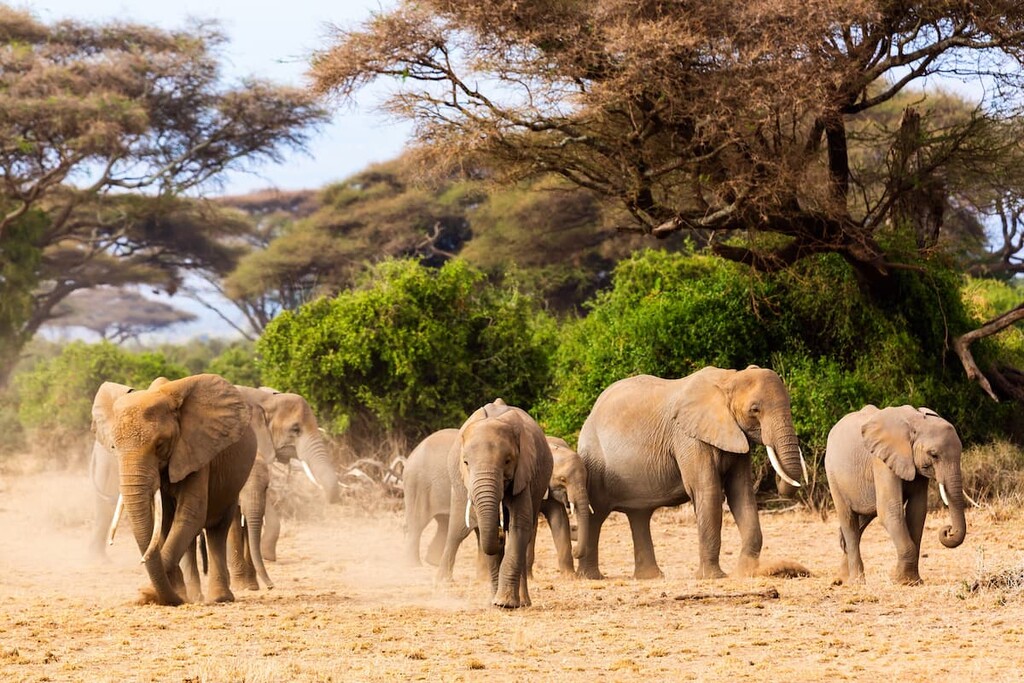
The park is home to many of the Big Five animals, including elephants, lions, and Cape buffalo. Visitors can also see Masai giraffes, blue wildebeests, spotted hyenas, cheetahs, and Grant’s zebras.
Furthermore, while the park is known for its vast savanna, it is also home to a system of swamps. In fact, despite its low annual rainfall totals, the park contains a large area of swamps that supports hundreds of bird species, including kingfishers, pelicans, and hamerkop.
Due to the popularity of the park, it is relatively easy to access. There is an airport located in nearby Amboseli that offers flights to both Nairobi and Mombasa. Furthermore, the park is just a 4 to 5 hour drive to the south of Nairobi and about a 7 to 8 hour drive to the west of Mombasa. So, it’s easy enough to get to during your trip to Kenya.
Located just outside Kenya’s largest city, Nairobi National Park is a truly phenomenal escape from the hustle and bustle of urban life. The park is quite small at only 117 sq. km (45 sq. mi) in size, and it contains just one named high point: Impala Point.
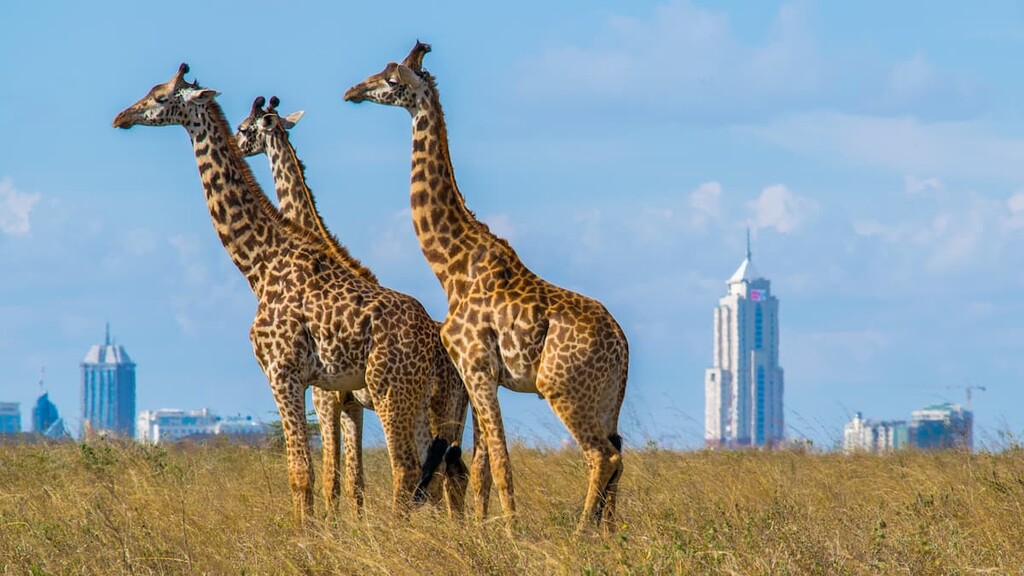
Despite being located just to the south of Nairobi, the national park is a haven for wildlife. Indeed, it was actually the first national park to be established in the country, though it is worth mentioning that a Maasai community was forcibly removed from the area when the park was created in 1946.
These days, the park is predominantly a vast grassy plain with large stands of acacia interspersed throughout the savanna.
As far as wildlife goes, Nairobi National Park has no shortage of animals for visitors to spot. Within the park, visitors can see leopards, lions, Masai giraffes, Thomson’s gazelles, Grant’s gazelles, blue wildebeests, plains zebras, spotted hyenas, and hippopotami.
The park is also a refuge for black rhinoceros, and it is one of the country’s most successful rhinoceros sanctuaries. Therefore, it is a superb place to visit if you’re looking to get out of the city for the day and see some of the best wildlife that the country has to offer.
Tsavo East National Park is located in the heart of the Nyiri Desert to the northwest of Mombasa. The park contains 63 named mountains, the highest and most prominent of which is Ithumbi.

Due to its more remote and mountainous location, Tsavo East is considered to be a haven for biodiversity in the region. Its semi-arid grasslands and savannahs make it the ideal location for the Big Five animals, including leopards, Cape buffalo, elephants, lions, and black rhinos. The park is also home to some superb birds, including the sacred ibis, crowned crane, and various lovebird species.
Tsavo East National Park also has a sister park to the west that’s aptly named Tsavo West National Park. Tsavo West is substantially wetter and more mountainous than Tsavo East, so it’s worth checking out both parks during your travels. Doing so provides you with a chance to see wildlife that prefers to hang out in swampier environments, including a wide range of different flora and fauna.
Looking for a place to stay in Kenya? Here are some of the best cities and communities to check out in the country:
The capital and most populous city in Kenya, Nairobi is a city of some 4.4 million people. Often referred to as the Green City in the Sun, Nairobi was actually founded as a rail depot in the late nineteenth century by the British. However, it rapidly grew in size and surpassed Mombasa in terms of total population.
Due to its location in west-central Kenya, Nairobi is a superb place to start any trip to the country. In addition to being a major metropolitan region, Nairobi is also close to a number of major game reserves, so it offers superb options for outdoor recreation.
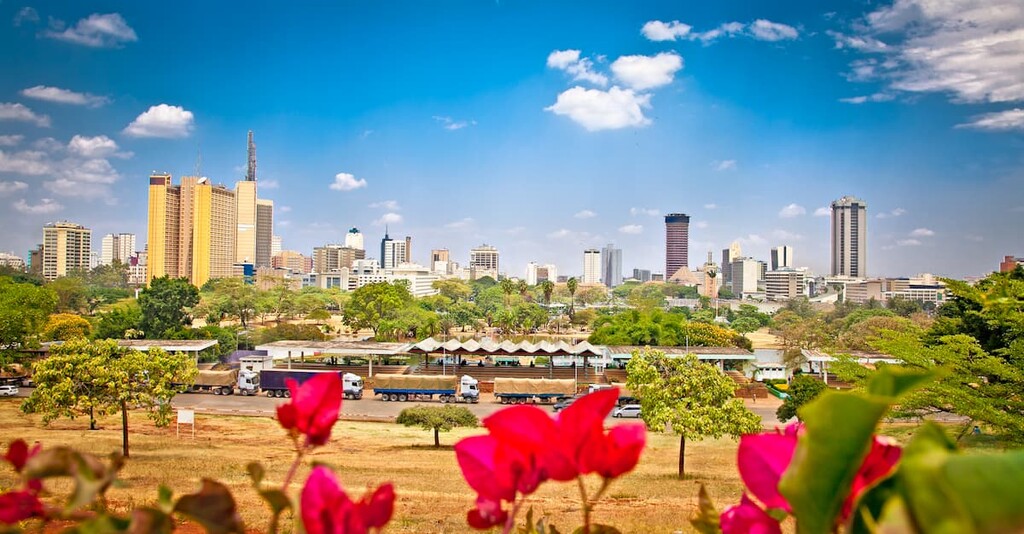
Kenya’s second-largest city, Mombasa is a stunning coastal community located in the southeastern part of the country. It is home to a population of about 1.2 million people, and it is one of the oldest cities in the region, having been founded around 900 CE.
Mombasa is well known for its strong tourism industry, which is bolstered by its beautiful beaches and many cultural sites. It is also an important center for the country’s coffee trade and manufacturing industries. Plus, its proximity to the Mombasa Marine National Park and Reserve makes it a particularly popular place to go scuba diving.
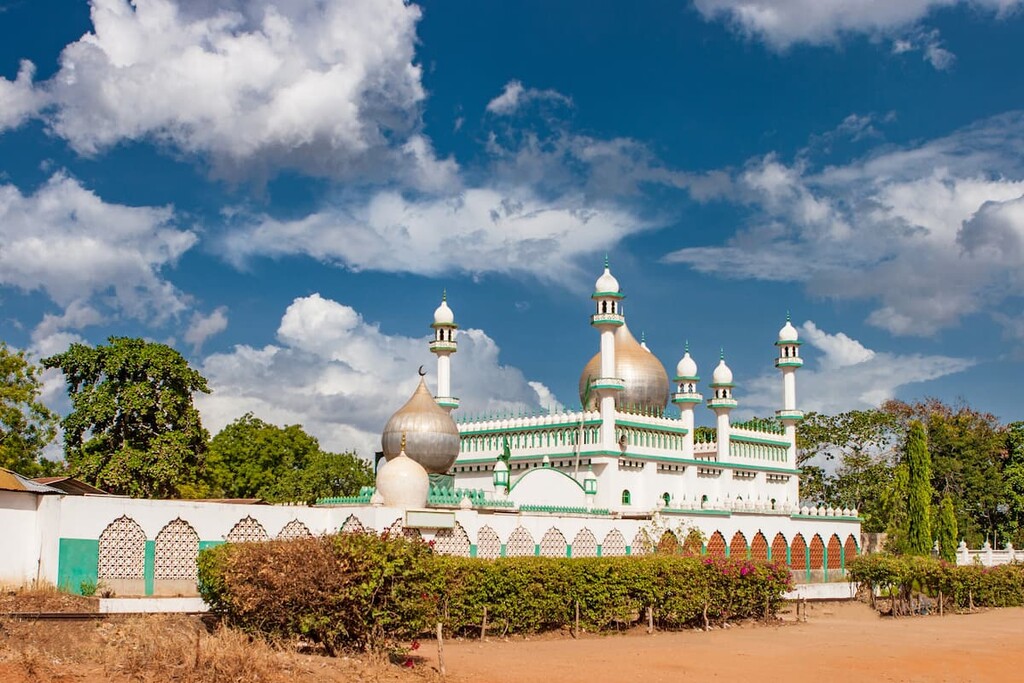
Kisumu City is the third-largest city in Kenya with a total population of about 610,000 people. The city is located in southwestern Kenya within the greater Lake Victoria Basin region, making it the most important inland port on the lake.
Although Kisumu City itself is very urbanized, the surrounding land is highly fertile, which makes it a superb place for agriculture. Furthermore, the city isn’t far from Maasai Mara, so it’s a popular starting point for safaris in the region. That being said, Kisumu City is a worthy destination in its own right as it is home to a number of important museums as well as the Kisumu Impala Sanctuary.
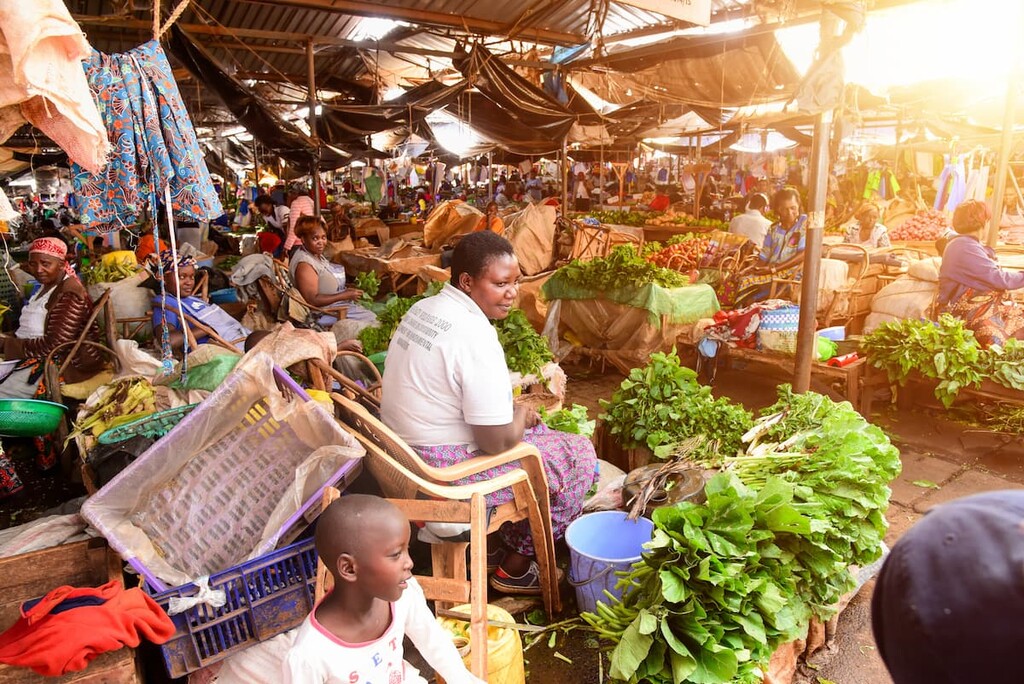
Situated in the heart of Kenya’s Rift Valley, Nakuru is the fourth-largest urban area in the country with a population of around 570,000 people. The city has a strong agriculture, manufacturing, and tourism-based economy thanks to its many factories, fertile surrounding lands, and plentiful cultural sites.
Due to the city’s location near Lake Nakuru, a Rift Valley soda lake, Nakuru is a popular tourist destination. It often allows for superb wildlife watching, particularly if you’re interested in seeing flamingos, which like to relax around the lake.
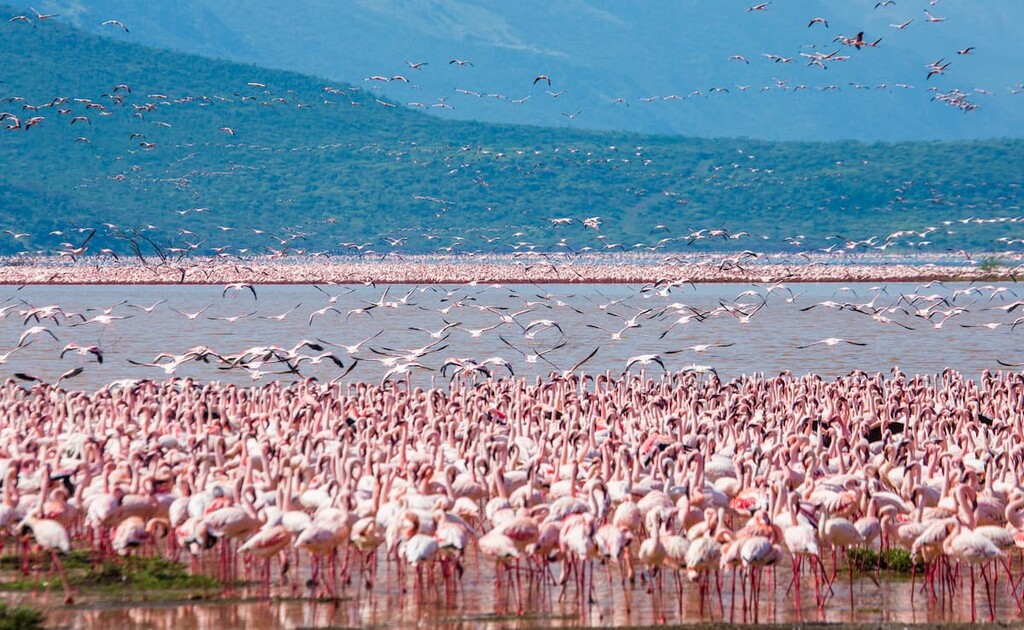
Explore Kenya with the PeakVisor 3D Map and identify its summits.








ultra
volcano
africa-4000ers
kenya-ultras
ultra
volcano
africa-4000ers
kenya-ultras
ultra
volcano
africa-4000ers
kenya-ultras
